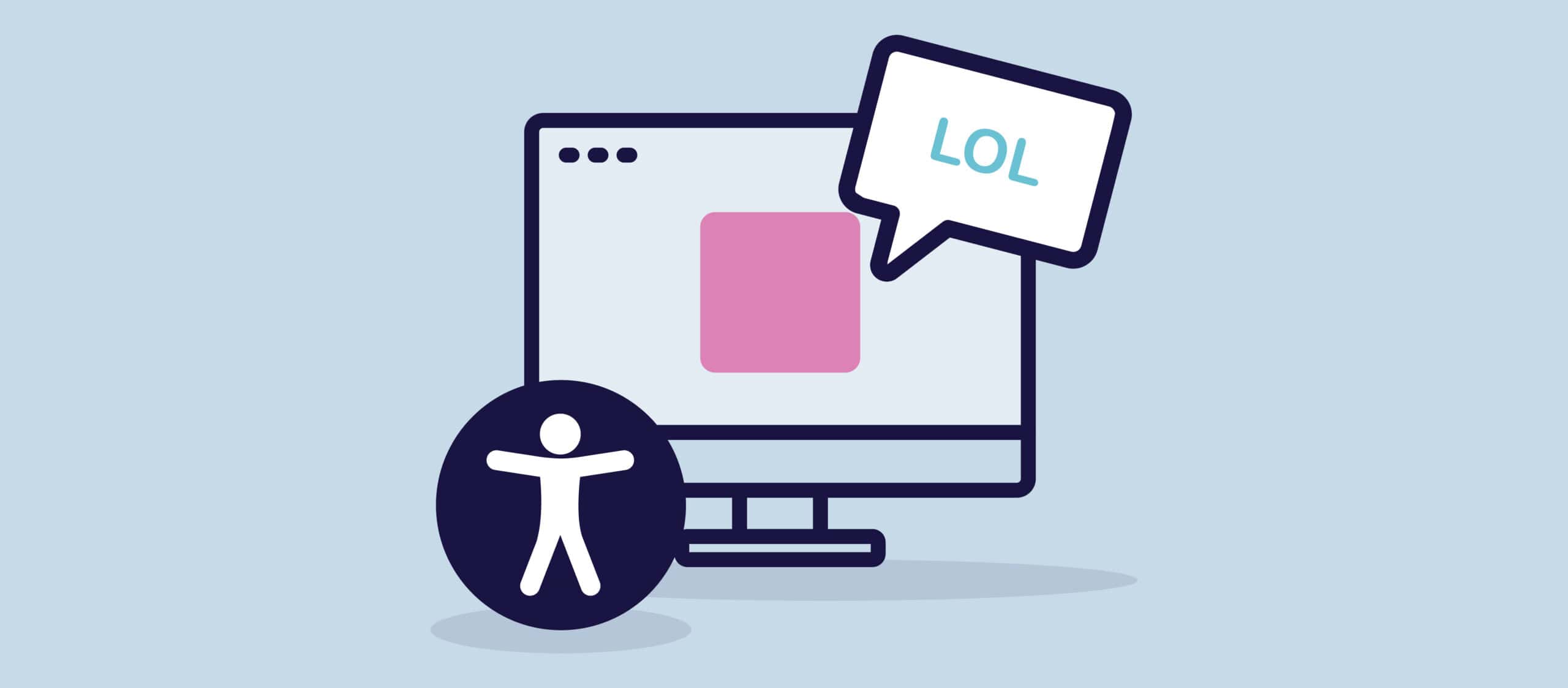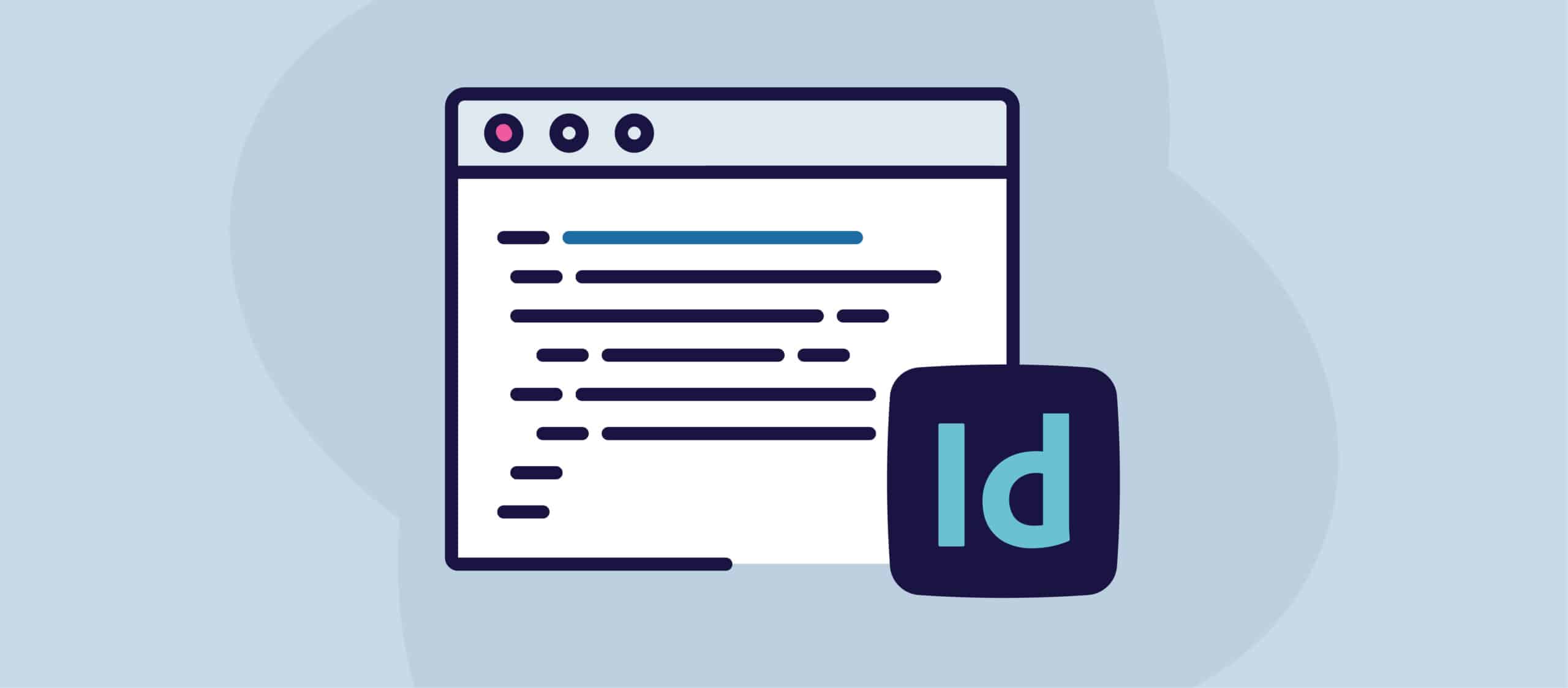For most people, how a website is laid out is purely an aesthetic choice, but for those with dyslexia, it can be the difference between understanding and not. I have been to many websites with large blocks of text with little in between. I have found that even with the accessibility add-ons I use, comprehending the information becomes a stressful endeavour.
White space is not only the space between paragraphs but also the space between lines and letters. Consistency in how you use your white space makes for a cleaner website and is also an aide that can help those with dyslexia. Avoid fully justified text; this creates uneven spaces between words and letters, making using your site quite stressful for those with dyslexia.
Keeping your paragraphs short and to the point means people are not confronted with a wall of text. Additionally, increasing line spacing reduces the chance of word hopping and sentence skipping, where a dyslexic reader either misses an entire line of text or words from one line are read as part of another.
Increasing text spacing can also be of benefit. Both OpenDyslexic and Dyslexie fonts increase the space between letters and words, allowing for better comprehension. Breaking up your information with white space, images, or other media, can often help those with dyslexia, making it a much cleaner site.
Using images and infographics rather than blocks of text can be a great way to get your information across without causing stress for those with dyslexia. Most people with dyslexia are visual learners, and so using more images is the more accessible choice. If you do need large amounts of text, include some complementary images. This allows the dyslexic reader a chance to rest their eyes and brains by looking at said images.
Videos are another thing that benefits all users, but especially those with dyslexia, and are a great way to get your information across. Just remember, do not have your videos auto-play; this can be very distracting when a user first arrives at that page.
Breaking up your information with white space, images, or other media, can help those with dyslexia, making it a much cleaner site. Remember, 10% to 20% of the people using your website have dyslexia, so designing with dyslexia in mind benefits all your users.



